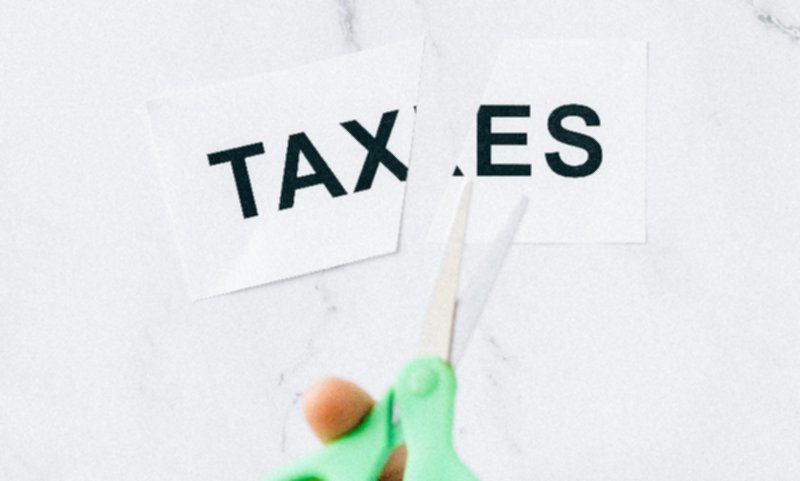VAT on Imported Goods from the EU: What UK Businesses Need to Know
Complete Guide to Postponed VAT Accounting, Customs Declarations, and Compliance Requirements
Since Brexit, over 65% of UK businesses importing goods from the EU have faced challenges with VAT compliance. HMRC reports that incorrect VAT treatment remains the most common error in customs declarations, with penalties averaging £1,500 for non-compliance.
Understanding the New VAT Rules for EU Imports
Since January 1, 2021, the UK has implemented new VAT rules for goods imported from the EU. Unlike the previous system where VAT was accounted for through the EU VAT return, imports from the EU are now subject to the same rules as imports from non-EU countries.
Key Changes for UK Businesses:
- Customs declarations are now required for EU goods
- Import VAT is payable on goods entering the UK
- Postponed VAT Accounting (PVA) is available for VAT-registered businesses
- Different rules apply depending on the value of goods
- Additional responsibilities for online marketplaces
Postponed VAT Accounting (PVA)
PVA allows VAT-registered businesses to account for import VAT on their VAT return rather than paying it at the border. This provides significant cash flow advantages as businesses can simultaneously claim back the import VAT as input tax (subject to normal VAT rules).
Benefits of Using Postponed VAT Accounting:
- Improved cash flow: No need to pay VAT upfront and wait to reclaim it
- Simplified process: VAT is accounted for on your regular VAT return
- Reduced administrative burden: Fewer payment transactions to manage
- Automatic eligibility: Available to all VAT-registered businesses
How to Use Postponed VAT Accounting
When completing your import declaration, select that you want to use Postponed VAT Accounting and provide your VAT registration number.
Access your online HMRC account to download your monthly statement, which details all imports where you used PVA.
Include the VAT from your PVA statement in boxes 1 and 4 of your VAT return. Box 1 (VAT due on imports) should include the total import VAT, while Box 4 (VAT reclaimed on imports) should claim back the same amount.
VAT Calculation Examples
Example 1: Standard Import with PVA
Goods value: £10,000
Customs duty (2%): £200
VAT rate: 20%
Using Postponed VAT Accounting
VAT calculation: (£10,000 + £200) × 20% = £2,040
On VAT return:
Box 1: £2,040 (VAT due on imports)
Box 4: £2,040 (VAT reclaimed on imports)
Net VAT effect: £0
Example 2: Import Without PVA
Goods value: £10,000
Customs duty (2%): £200
VAT rate: 20%
Not using Postponed VAT Accounting
VAT payable at border: (£10,000 + £200) × 20% = £2,040
On VAT return:
Box 4: £2,040 (VAT reclaimed on imports)
Net VAT effect: £0, but £2,040 cash flow impact
Customs Procedures and Documentation
| Document | Purpose | Required For |
|---|---|---|
| Import Declaration | Provides details of imported goods to customs authorities | All commercial imports |
| Commercial Invoice | Details the transaction between buyer and seller | All commercial imports |
| Packing List | Itemizes contents of each package | Shipments with multiple items |
| Certificate of Origin | Proof of where goods were manufactured | Goods claiming preferential tariff treatment |
| Transport Documents | Details about the movement of goods | All shipments |
Special Schemes and Considerations
Low Value Consignment Relief (LVCR) Abolished
LVCR, which exempted imported goods valued at £15 or less from VAT, was abolished on January 1, 2021. All commercial goods imported into the UK are now subject to VAT regardless of their value.
£135 Import Rule
For goods valued at £135 or less:
- VAT is generally collected at the point of sale rather than at importation
- The overseas seller is responsible for charging and accounting for VAT
- If the seller isn’t registered for VAT in the UK, the VAT is due at importation
Customs Duty Threshold
Customs duty is not payable on goods valued at £135 or less, unless they are excise goods (alcohol, tobacco, etc.). For goods over £135, duty is payable based on the specific commodity code.
Common Compliance Mistakes to Avoid
- Incorrect valuation: Using the wrong value for VAT calculation
- Misclassification: Applying wrong commodity codes
- Missing deadlines: Failing to submit declarations on time
- Poor record-keeping: Not maintaining adequate import documentation
- PVA mismanagement: Not correctly reporting PVA on VAT returns
Practical Tips for UK Businesses
| Business Size | Recommendations | Considerations |
|---|---|---|
| Small Businesses | Use customs agents, consider PVA for all imports, use simplified procedures where available | Limited resources for compliance, potential for higher relative costs |
| Medium Businesses | Invest in training, implement robust processes, consider customs software | Balance between cost and control, may need dedicated staff |
| Large Businesses | Develop in-house expertise, consider customs special procedures, implement automated systems | Complex supply chains, higher compliance risks, potential for significant savings |
Future Changes and Considerations
2025 Customs Declaration Service (CDS)
The Customs Declaration Service will fully replace the old CHIEF system in 2025. Businesses need to ensure they’re prepared for this transition, which includes:
- Registering for the CDS
- Understanding the new data requirements
- Updating internal systems and processes
- Training staff on the new system
Potential Trade Agreement Impacts
As the UK continues to develop its independent trade policy, businesses should stay informed about:
- New free trade agreements that might affect VAT and duty treatment
- Changes to rules of origin requirements
- Updates to customs procedures and documentation requirements
Need Help with Import VAT Compliance?
Our team of experts can help you navigate the complexities of VAT on imported goods and ensure full compliance with HMRC requirements.
HMRC Import Guidance

